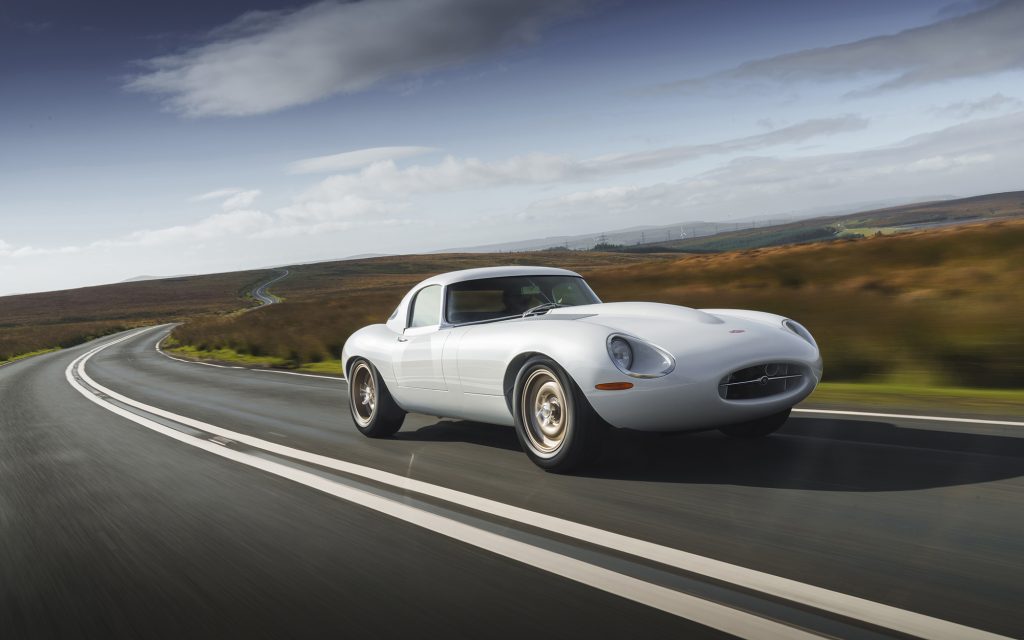
Eagle Lightweight GTR: The Ultimate Evolution of Jaguar’s Iconic E-Type
Eagle has unveiled its most extreme and focused interpretation of the Jaguar E-Type to date: the Lightweight GTR. Conceived as a one-of-one commission, the GTR blends race-car minimalism with GT-grade refinement, embodying the pinnacle of Eagle’s four decades of craftsmanship.
The original Lightweight E-Type was conceived as Jaguar’s successor to the Le Mans–winning D-Type, with eighteen planned but only twelve completed in the 1960s. The Eagle Lightweight GTR takes that legend further, reimagined as a road-legal grand tourer capable of crossing continents with speed, composure, and unmistakable style.
Commissioned by an enthusiast seeking a purist antidote to today’s heavy, tech-laden supercars, the GTR pares everything back to the essentials: performance, feedback, and feel. Every line of the original has been subtly re-sculpted for a lower, more aggressive stance, complemented by bespoke raked glass, a lowered roofline, and precision-fit aluminum bodywork. Even the smallest details—such as painted badges under lacquer, a flush fuel cap, and integrated bulkhead switches—underscore the obsessive attention to craftsmanship.

At just 975 kg with fluids, the Lightweight GTR is over 30 percent lighter than a standard E-Type roadster. Achieving that required a holistic approach: aluminum panels, magnesium transmission casings, titanium hardware, Inconel exhaust components, and even carbon-ceramic brakes all contribute to dramatic weight reduction.
Power comes from Eagle’s all-aluminum 4.7-liter straight-six with wide-angle head, titanium con-rods, and triple Weber carburetors, delivering a power-to-weight ratio exceeding 430 bhp per ton. The titanium internals allow an additional 500 rpm of rev headroom, while a lightened flywheel sharpens response. The result is performance that feels immediate and mechanical—more analog than digital, more alive than clinical.
The GTR’s suspension geometry has been reengineered for precision and compliance, featuring adjustable Öhlins dampers with bespoke spring rates and titanium hubs that reduce unsprung mass. Carbon-ceramic discs paired with servo-assisted AP Racing calipers provide race-level braking consistency without fade, while still allowing long-distance usability.
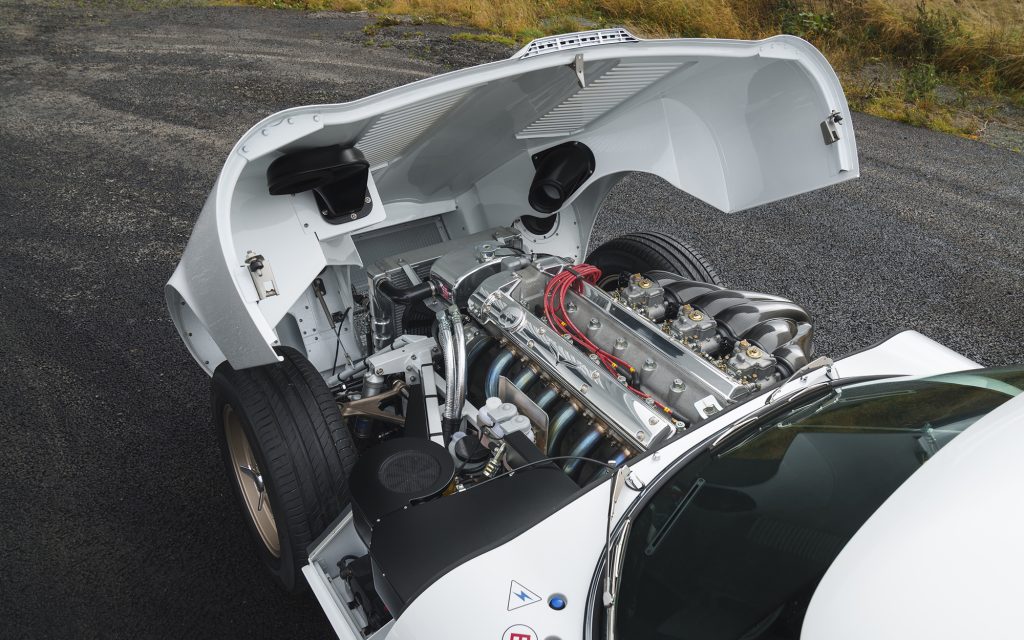
Inside, the GTR’s cockpit is stripped back but far from austere. Lightweight aluminum seats are trimmed in black Alcantara and fitted with four-point harnesses. The dash features a floating binnacle housing platinum switches inlaid with mother of pearl—an elegant counterpoint to the car’s motorsport intent. Air conditioning, heated glass, and subtle sound insulation remind occupants this remains a grand tourer at heart, not a track-only weapon.
As with all Eagle builds, the Lightweight GTR was a deeply collaborative process. The commissioning client envisioned a machine devoid of unnecessary electronics—light, tactile, and timeless. “Today’s performance cars are getting increasingly big and heavy,” the owner noted. “I wanted the opposite: something pure, mechanical, and beautiful. With incredible performance and long-distance comfort, I couldn’t be happier.”
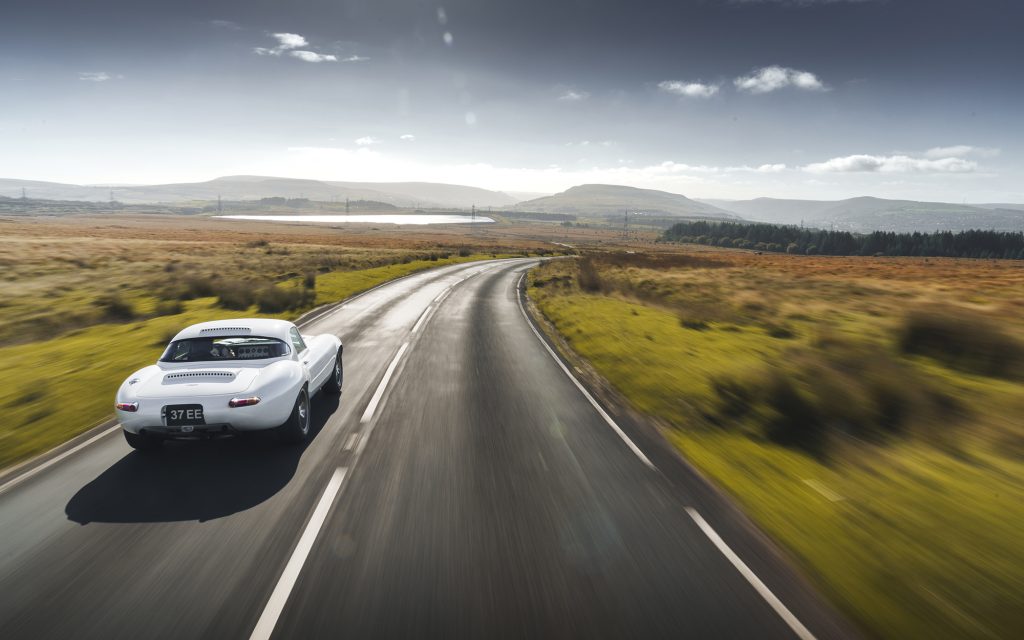
Paul Brace, Eagle’s Technical Director, added: “The Lightweight GTR has allowed us to push the envelope of what’s possible with the E-Type platform. It represents a perfect alignment of client vision and our philosophy of uncompromising craftsmanship.”
The Eagle Lightweight GTR is not simply another special edition; it is the ultimate distillation of everything Eagle stands for—heritage reimagined through engineering excellence. Combining the grace of the original E-Type with the precision of modern materials and the personal vision of its owner, the GTR exists as a singular creation: a road-legal grand tourer with the soul of a racer and the detail of a bespoke artwork.
For more information, visit www.eaglegb.com
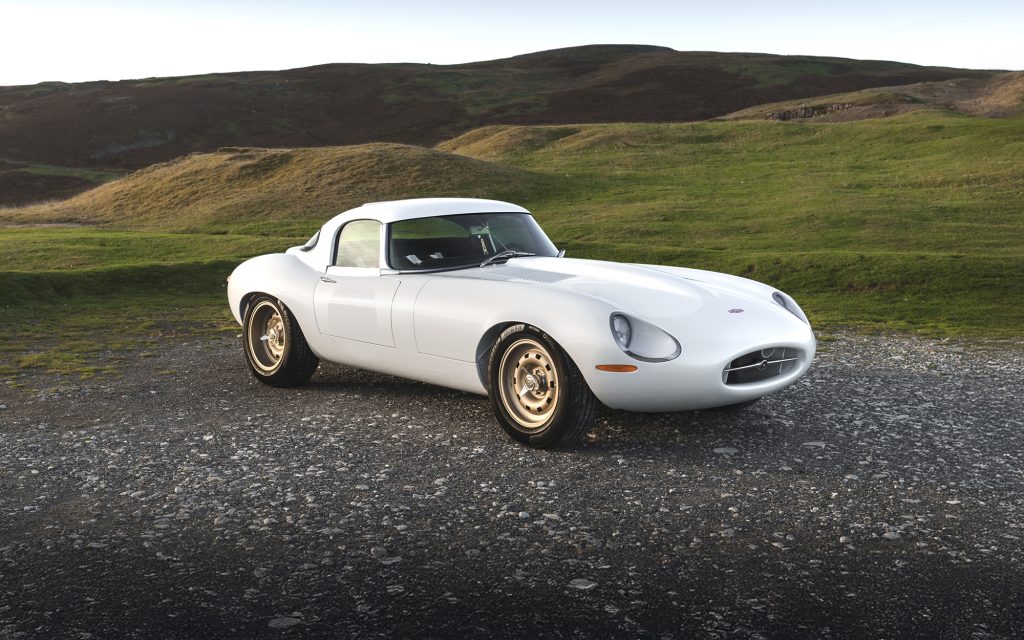
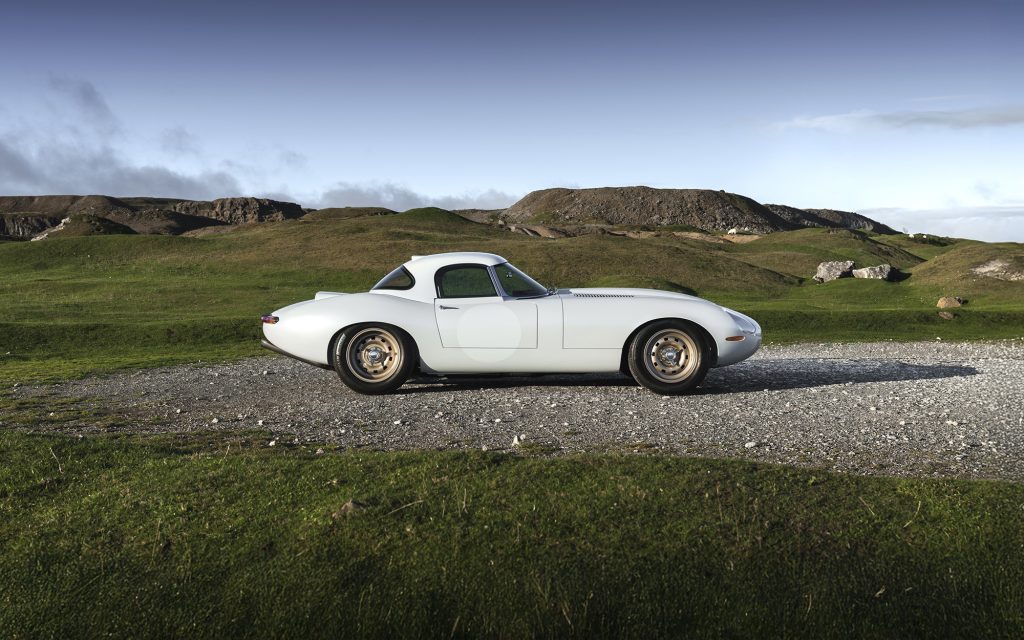
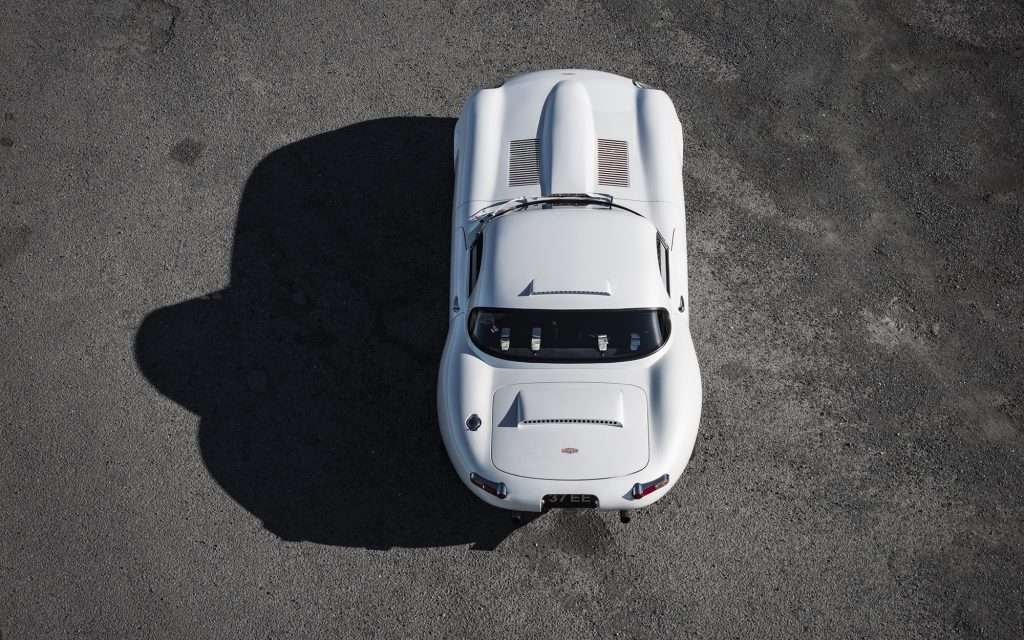



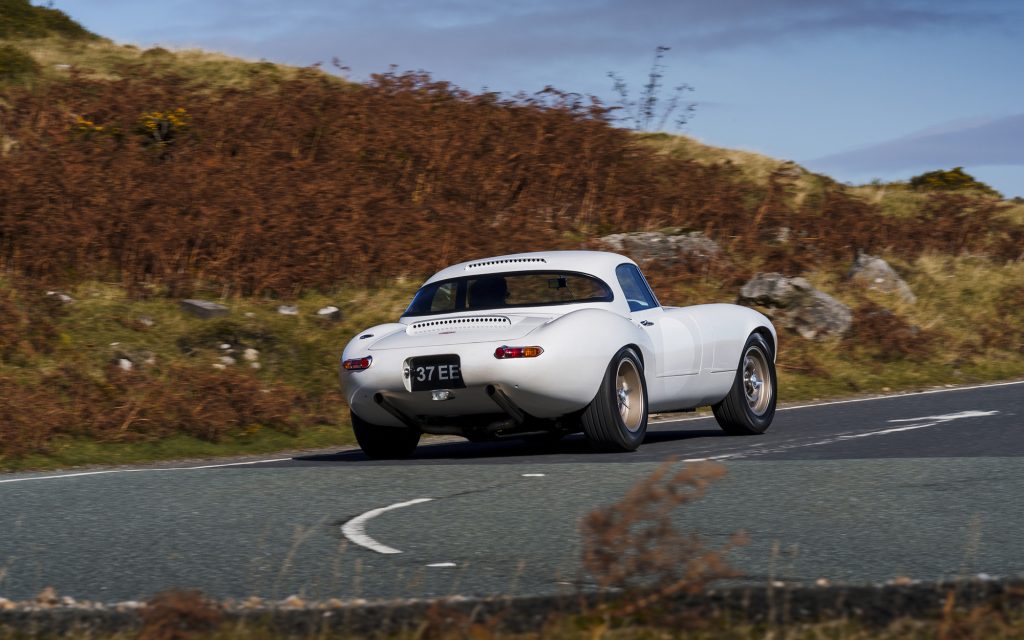



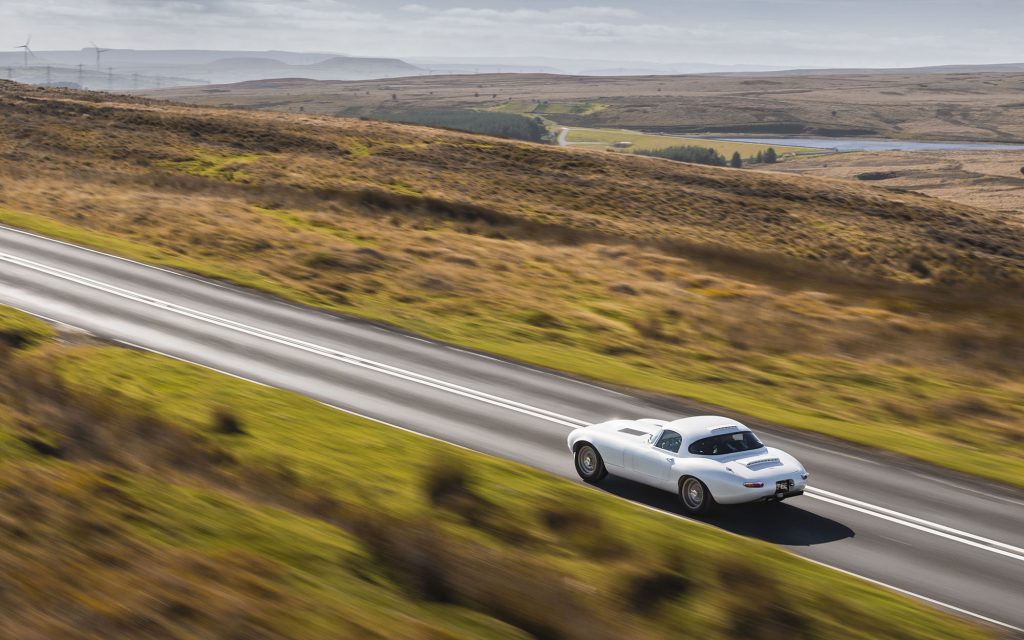
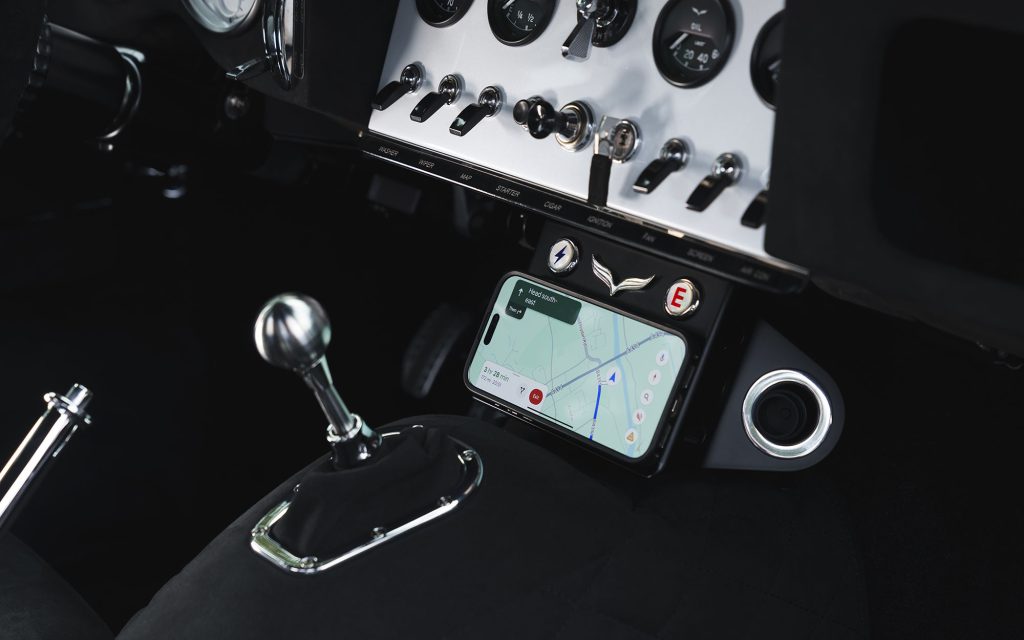


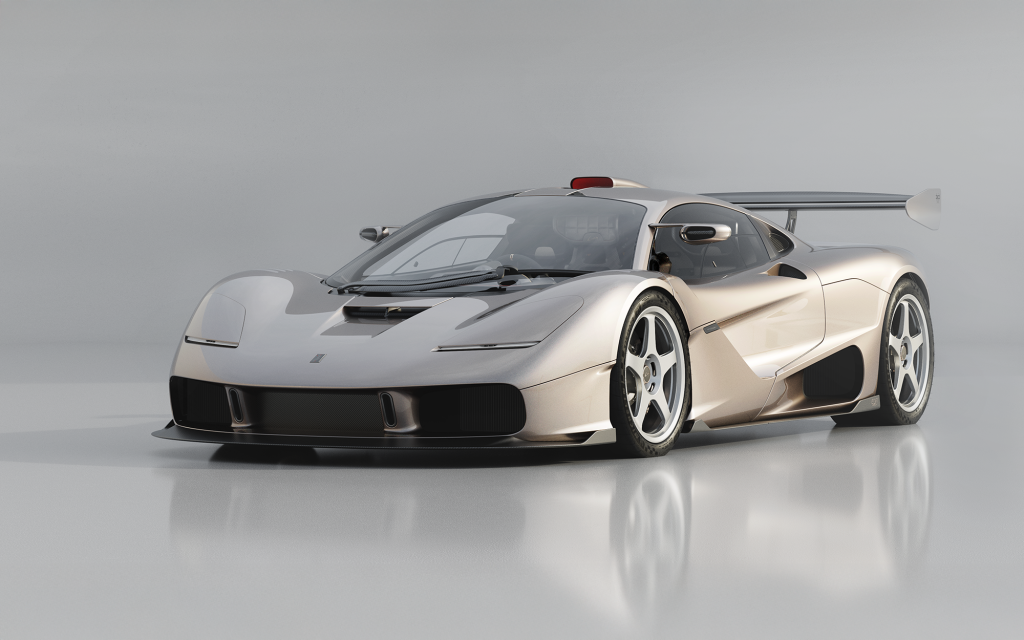

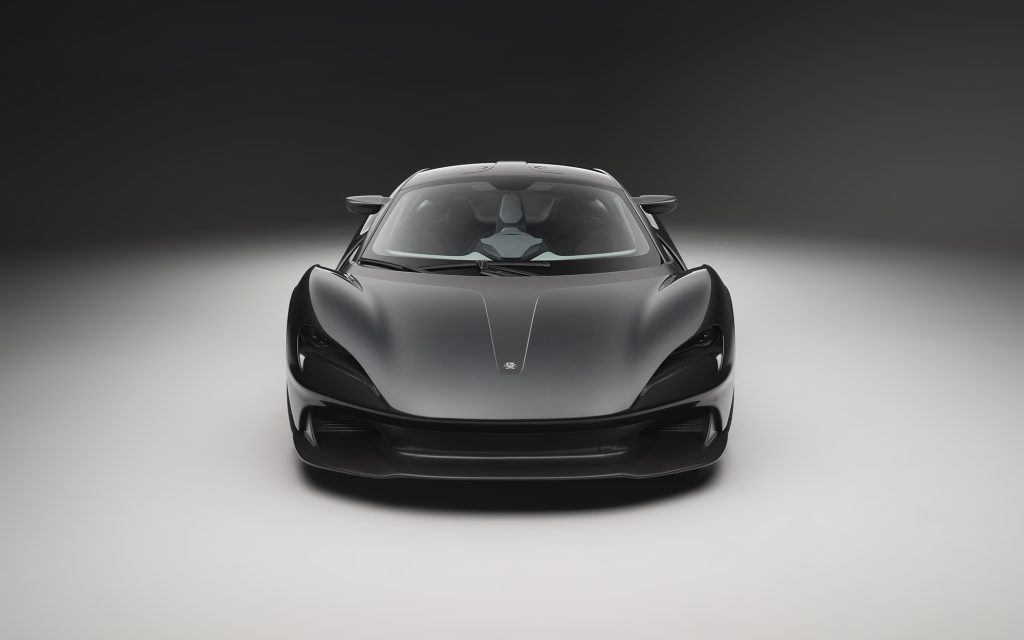
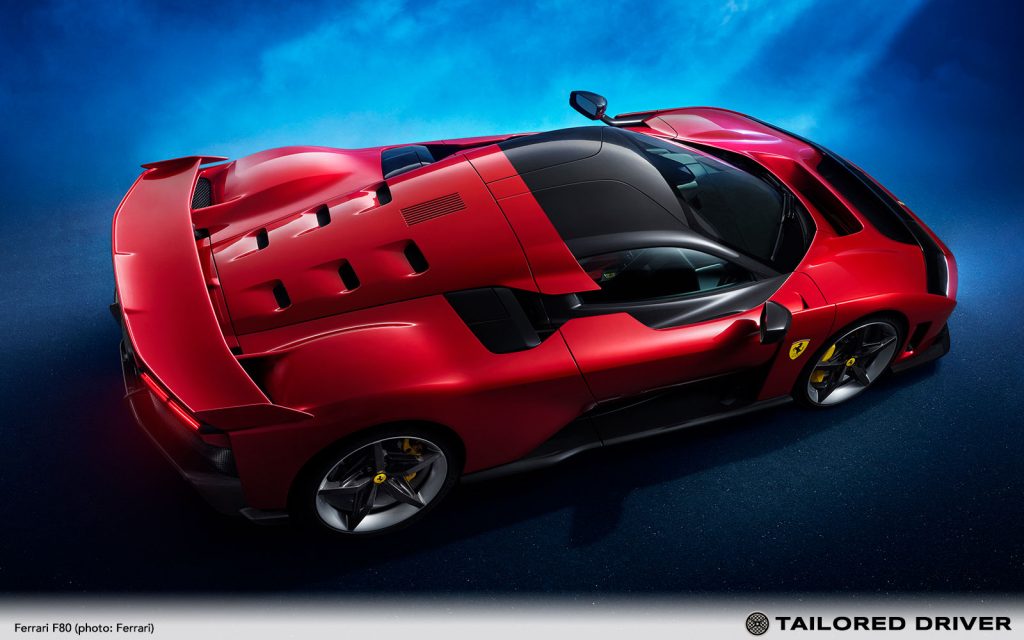
Responses